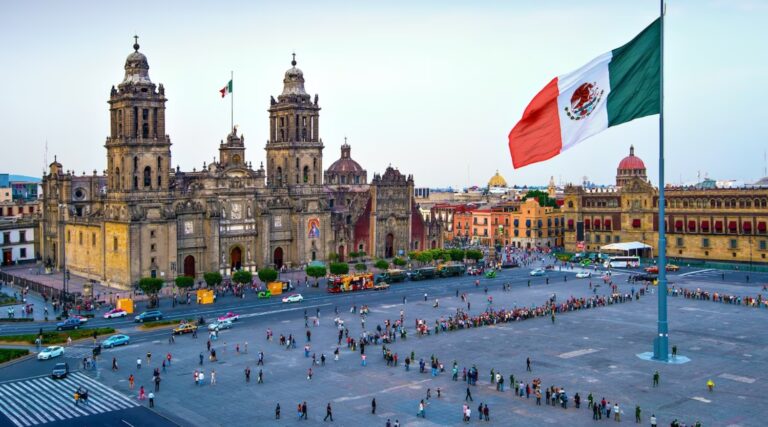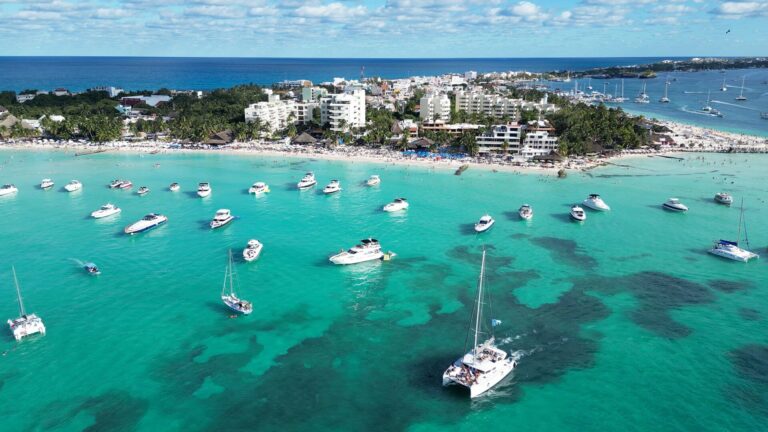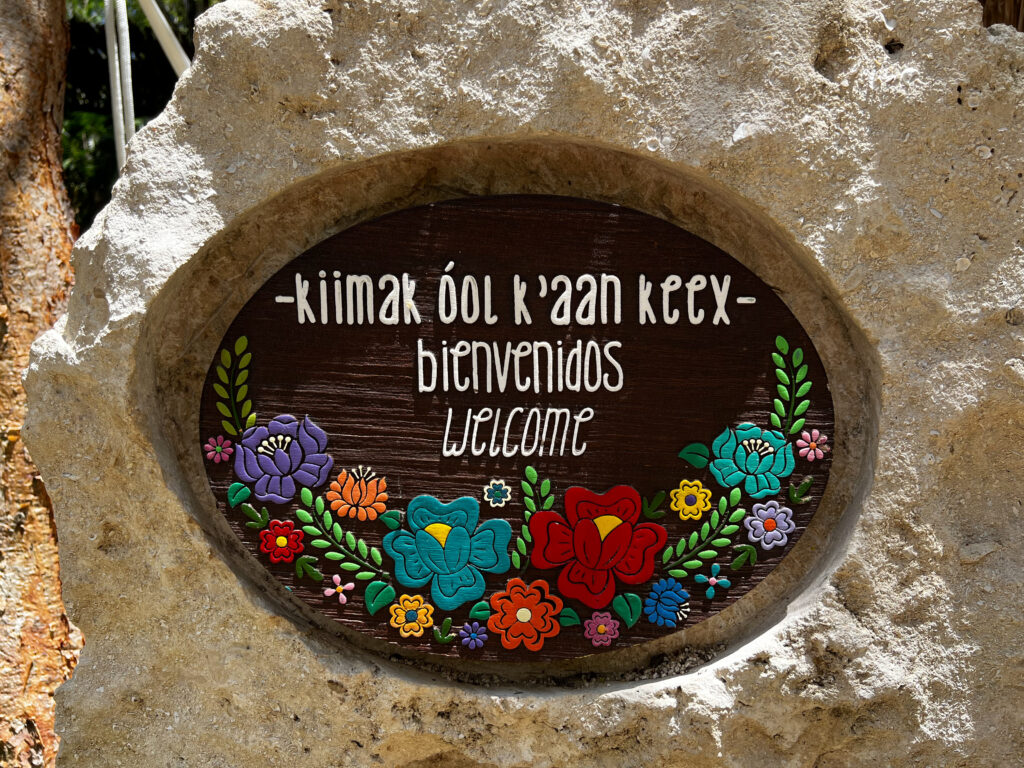
When you visit the state of Yucatan, the Riviera Maya in Quintana Roo, or Campeche, you are in the land of the Maya. As you explore sites like Chichen Itza, you might wonder: what happened to the Maya? Contrary to the belief that the Mayan civilization vanished, over six million Maya continue to live in regions including Mexico, Guatemala, Belize, Honduras, and El Salvador. They preserve their rich cultural heritage through languages, traditional attire, rituals, and crafts. When visiting Cancun or embarking on excursions in the Riviera Maya, you may notice souvenir vendors conversing among themselves in their native Mayan language. This reflects the enduring presence of the Mayan culture in the region.
Where Did the Maya Go?
Indeed, the Maya have neither vanished nor become extinct. Today, their population numbers approximately 11 million individuals, residing in regions they have historically inhabited. These areas include parts of Mexico (such as the Yucatan Peninsula, Chiapas, and Tabasco), Guatemala (where around 40% of the population is of Mayan descent), Belize, Honduras, and El Salvador.
It’s crucial to distinguish between the Mayan civilization and the Maya people. While the civilization thrived for over 2,500 years and experienced significant changes with the arrival of the Spanish in the 16th century, the Maya themselves have persisted.
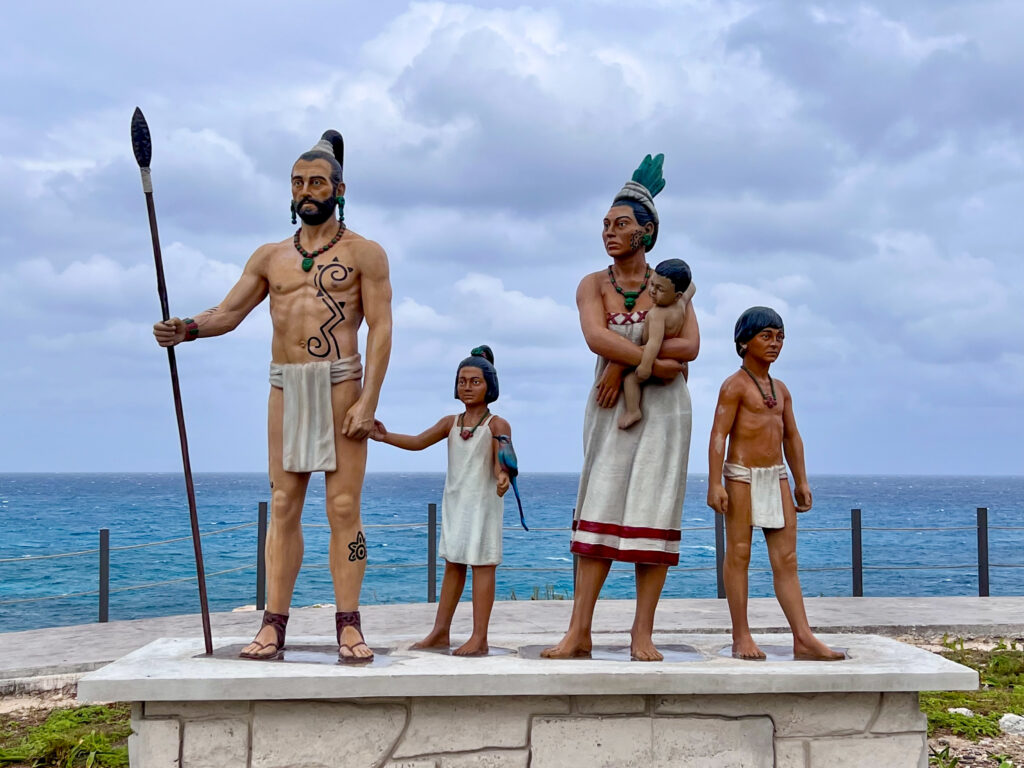
Encounters with the Maya: A Tale of Two Spaniards
An intriguing historical account involves Gonzalo Guerrero and Geronimo de Aguilar, two Spaniards, who survived a shipwreck off the Yucatan Peninsula during a Spanish expedition to the Mayan region in 1511. The Maya captured and forced them into hard labor, carrying firewood, water, and fish.
A passing Spanish ship with Hernan Cortes’ expedition in 1519 eventually rescued Geronimo de Aguilar. His knowledge of the Mayan language was invaluable to the Spanish and later he became an interpreter between the Spanish and Maya.
However, Gonzalo Guerrero chose not to be rescued. His military knowledge soon caught the attention of the tribal chief, who began seeking his advice. Gonzalo moved from one Mayan war leader to another, eventually saving one from a crocodile, thus earning his freedom.
Once free, Gonzalo fully embraced Mayan culture. Despite repeated Spanish expeditions, he refused to return home, choosing instead to live among the Maya. He adopted their customs, married a ruler’s daughter, fathered children, and trained Mayan warriors to defend their lands. He ultimately died fighting against the Spanish conquistadors, who viewed the Maya as uncivilized and sought to conquer their territory.
Gonzalo Guerrero is celebrated as a unique figure, one of the few Europeans to fully assimilate into Mayan society. He rose from slavery to become a respected military leader, married into Mayan royalty, and his children were among the first mixed-race descendants in the region. (It’s a story that bears a striking resemblance to “Avatar,” doesn’t it?). While considered a hero in Mexico, his fellow Spaniards long regarded him as a traitor, condemning his abandonment of Catholicism and his choice to live among what they deemed “barbarians” and their “pagan” beliefs.
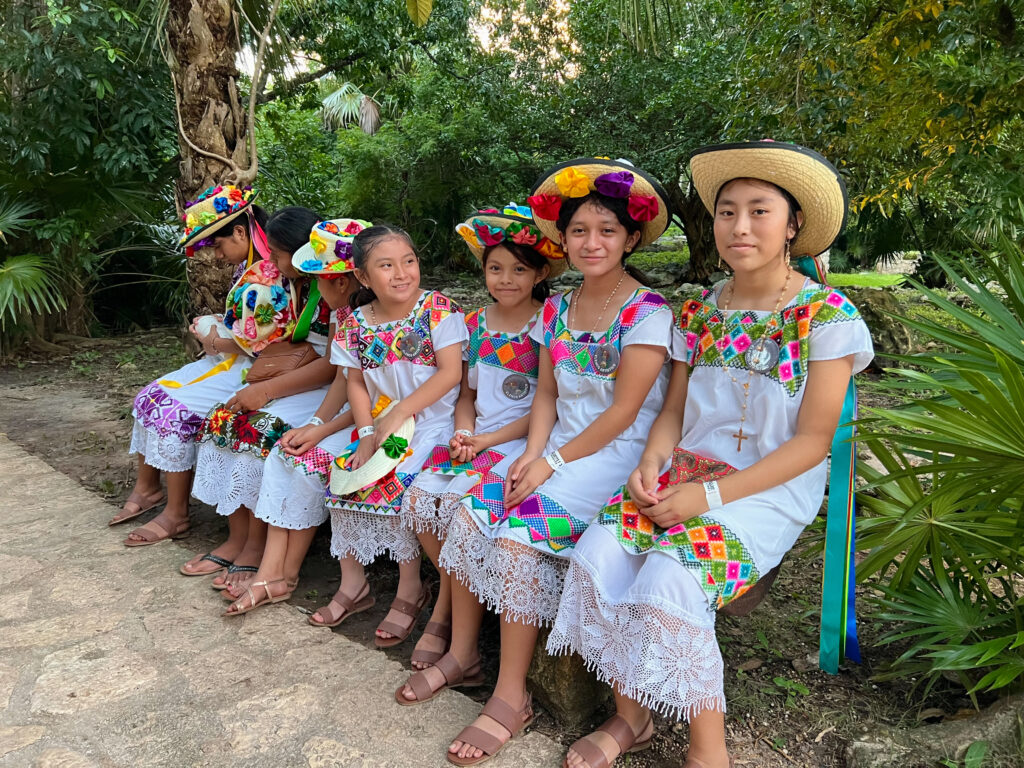
What Are the Modern Maya Up to Today?
One of the largest groups of Maya resides in Mexico’s Yucatan Peninsula, encompassing the states of Yucatan, Campeche, and Quintana Roo, as well as in Belize. This group identifies simply as Maya, without distinguishing between specific tribes. Many consider themselves mestizos, reflecting their mixed heritage.
Many contemporary Maya live and work near archaeological sites, preserving their cultural heritage and maintaining ancient traditions. They engage in tourism (such as guiding tours, working in hotels, driving taxis, and running restaurants), agriculture (cultivating different local cultures) and traditional crafts like weaving, pottery, woodworking, and creating traditional artifacts and souvenirs. Historically, many Maya harvested chicle (sap of the sapodilla tree) for natural chewing gum production. However, this practice has declined due to the rise of synthetic alternatives. Some Mayan communities continue to harvest chicle today, preserving this traditional practice. Fun fact: It’s common in Mexico to refer to all chewing gum as ‘chicle’.
And of course, many Maya have adapted to modern lifestyles, living much like the rest of us.
The Mayan language has also endured. Modern Maya communities continue to speak their ancestral tongue, ensuring its preservation for future generations.
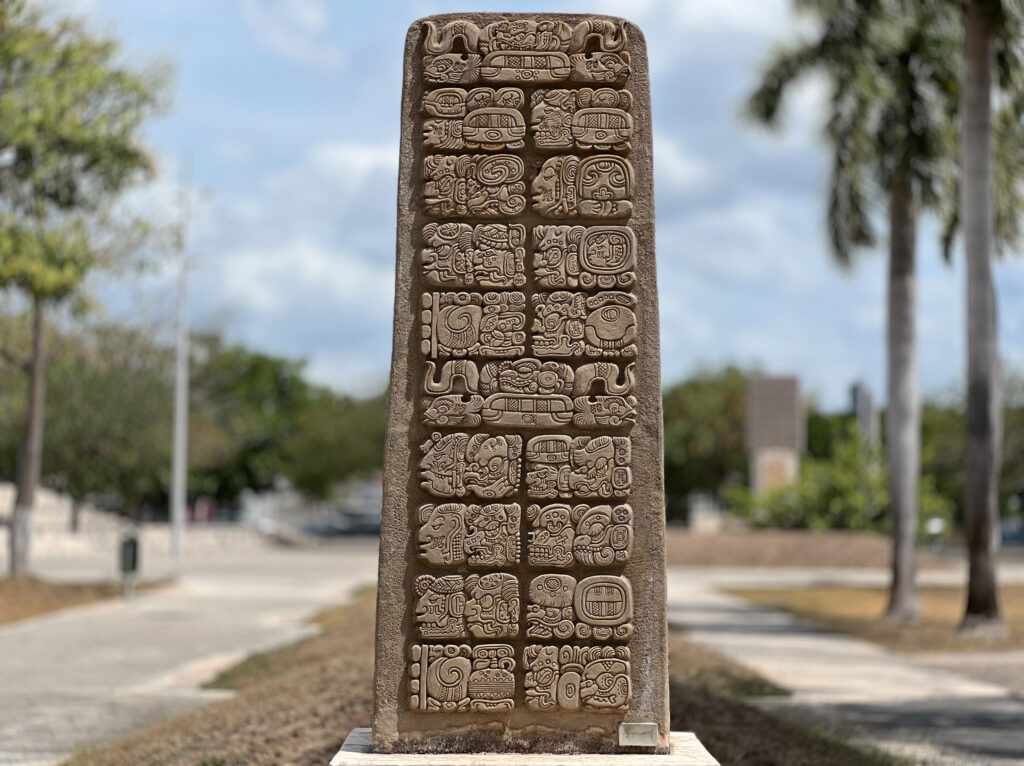
The Mayan Language
While some modern Maya have fully transitioned to Spanish, others remain exclusively Mayan-speaking. For example, there are still many villages in Yucatan where Mayan remains the sole language. However, the majority of modern Maya are bilingual, fluent in both Spanish and Mayan.
The Yucatec Mayan language, commonly referred to as “Maya” by its speakers, remains a vital component of cultural identity among the Maya. Linguists designate it as “Yucatec Maya” to distinguish it from other Mayan languages. There are approximately 30 of them, with some no longer in use and others less commonly spoken.
Historically, the Mayan script was logographic, where individual symbols represented words or morphemes. With the Spanish colonization, the Latin alphabet was introduced, leading to the romanization of Mayan languages. Today, all Mayan languages utilize the Latin script. However, each has adapted it to reflect specific phonological features unique to their linguistic and regional contexts. Notably, these systems maintain a straightforward correspondence: each letter represents a distinct sound.
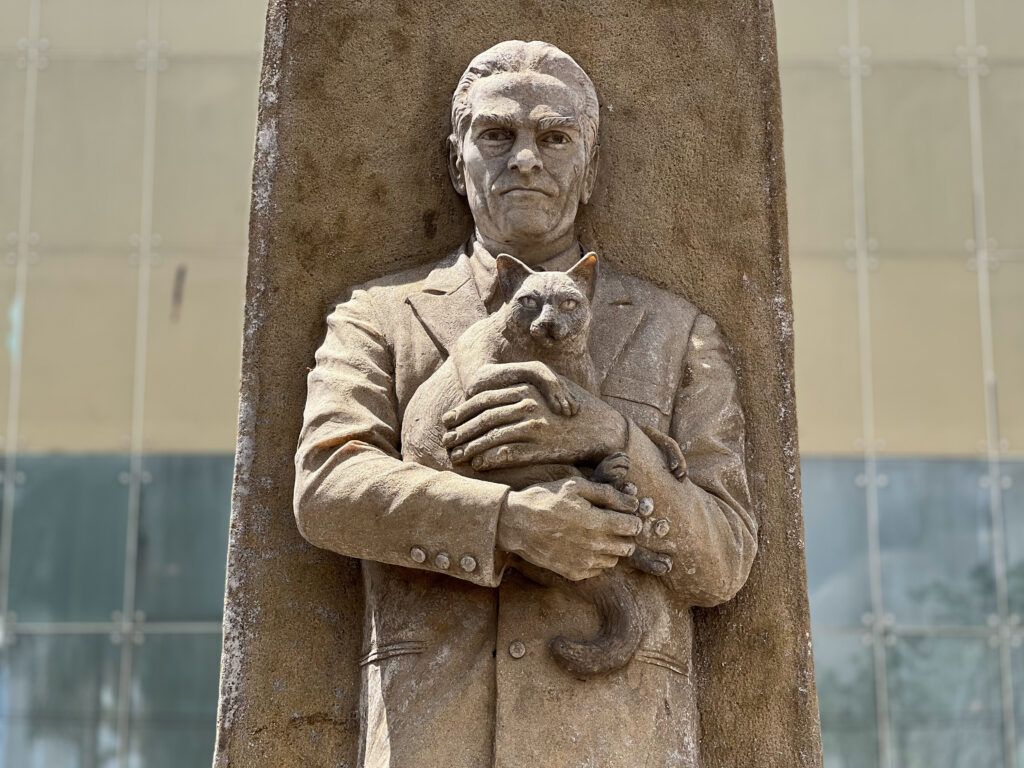
How Was The Mayan Script Deciphered?
A significant portion of our understanding of the Maya civilization is attributed to the work of Soviet scholar Yuri Knorozov. Remarkably, he deciphered the Mayan script from post-war Leningrad without having visited Central America prior to his breakthrough. Knorozov’s pioneering research demonstrated that Mayan hieroglyphs were a combination of logograms and syllabic signs, challenging prevailing theories of his time. His contributions earned him prestigious honors, including the Order of the Quetzal in Guatemala and the Order of the Aztec Eagle in Mexico.
Monuments honoring Knorozov have been erected in Cancun (however, we haven’t been able to locate it and we tried) and Merida. The statue in Merida depicts the esteemed scholar alongside one of his beloved Siamese cat, Asya (full name – Aspid). They say that Knorozov regarded Asya as his co-author, because watching her interact with her kittens provided the crucial insight for his communication theory.
“Jay p’éel t’aan a wojel?” translates to “How many languages do you know?” in the Yucatec version of the Mayan Language.
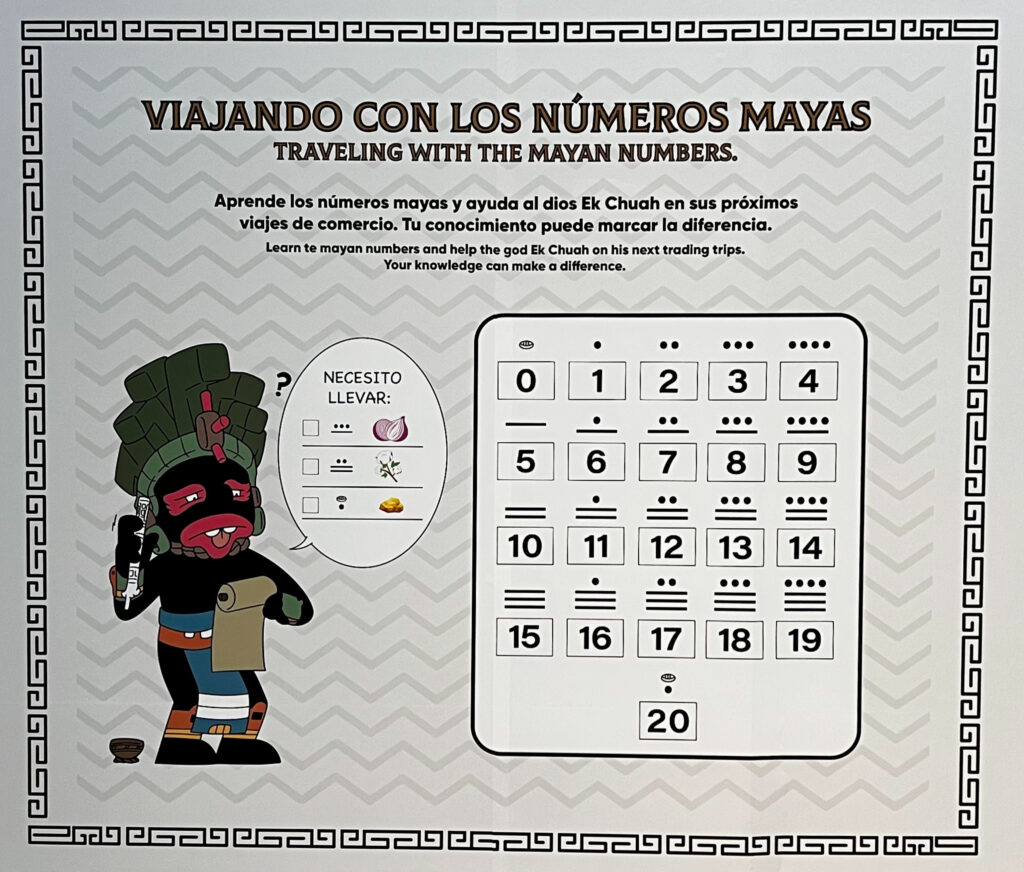
Numerals In The Mayan Language
The ancient Maya developed a vigesimal (base-20) positional numeral system, prevalent in pre-Columbian Mesoamerica. Unlike the decimal system based on 10, the vigesimal system is founded on 20.
Why Base 20?
One prevailing theory suggests that the Maya based their counting system on the human body as a whole (a unit) and all 20 fingers and toes: 10 on the hands and 10 on the feet.
Numerical Symbols
The Maya could express any number using just three symbols: a shell, a dot, and a horizontal bar.
- Shell (🐚): Represents 0 or infinity
- Dot (•): Represents 1
- Bar (—): Represents 5.
As in the modern decimal system, the value of a symbol in Maya numerals depended on its position. For example, the vertical arrangement of dots and bars indicated increasing powers of twenty at each ascending level (units, 20s, 400s, etc.) To write numbers from 1 to 19, the Maya sometimes used depictions of deities. However, this was relatively rare, and such representations have survived only on a few monumental stelae.
Concept of Zero
An interesting fact: the Maya were among the first civilizations to use the concept of zero in their numeral system. This was a significant achievement in mathematics of that time.
Applications
The Maya used numerals not only for everyday calculations but also for astronomical computations and calendar systems. The Maya were renowned for their knowledge in astronomy and their ability to measure time accurately.
Modern Usage
Mayan numerals are still in use today. For example, they appear on Guatemalan banknotes (the Guatemalan quetzal), as well as in the numbering of pages and sections of books dedicated to Maya themes, such as educational literature and books on Mayan history and culture. Moreover, Mayan numerals are included in the Unicode encoding, allowing their use in digital texts and documents. Additionally, you can often encounter these numerals in various archaeological zones in the Yucatan, in parks with cenotes, and even as markings in modern amusement parks, such as those of the Xcaret group.
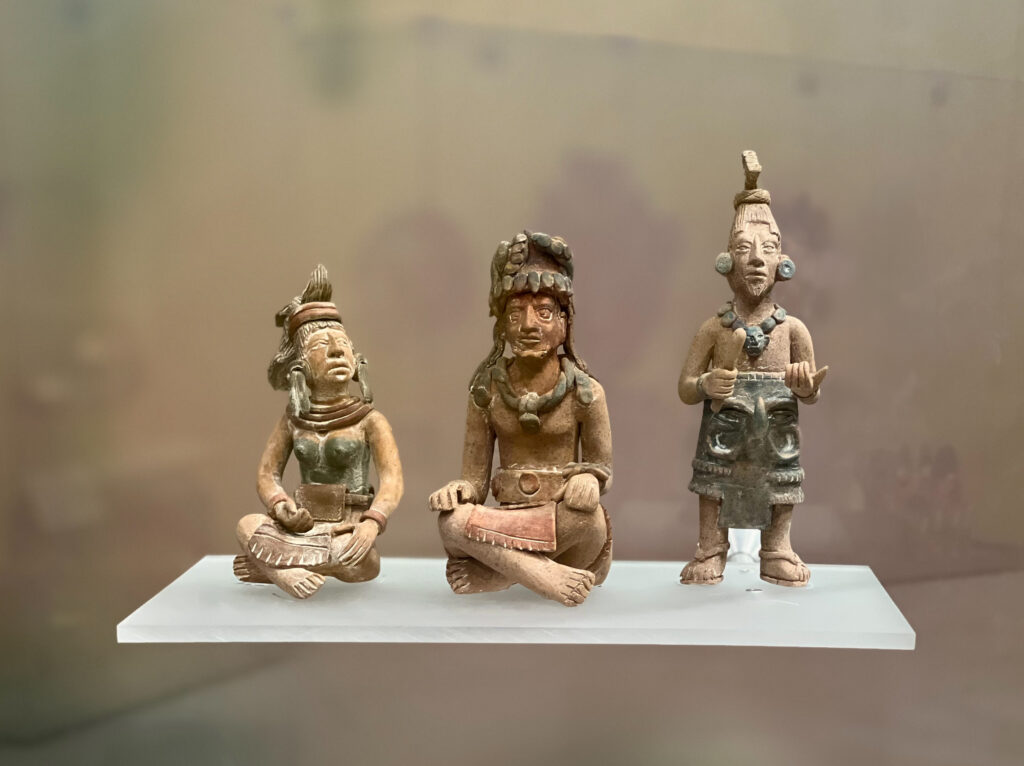
Where Can You Learn More About the Yucatec Mayan Language?
For those interested in experiencing the Yucatec Mayan dialect or learning basic phrases, we have found several interesting resources:
- The University of Chicago, in partnership with its library, Professor John Lucy, and the Division of Social Sciences, have developed an educational platform featuring a short language course. This resource provides grammar instructions and basic phrase learning, with audio pronunciation available.
- Santos Tuz, a local Yucatecan Maya, runs an educational YouTube channel teaching useful words and expressions in Yucatec Mayan.
- We even found a Mayan rapper, PAT BOY, rapping in his native Mayan language! You’re welcome.
- Mel Gibson’s movie “Apocalypto”. All characters in this film speak the Yucatec Mayan dialect. While it is a work of fiction and not entirely historically accurate, it offers viewers an opportunity to hear the language in a cinematic context.
Do you have any other valuable resources for learning Mayan? Let us know in the comments! We’ll add them to our article, helping even more people connect with the language.
When you explore the Yucatan, you’re walking among the living legacy of the Maya. Their language, art, and traditions persist, shaping the region’s identity. From deciphered hieroglyphs to contemporary artists, the Mayan legacy inspires. Their story, both ancient and modern, reminds us that history is not just in books, but in the people around us.

